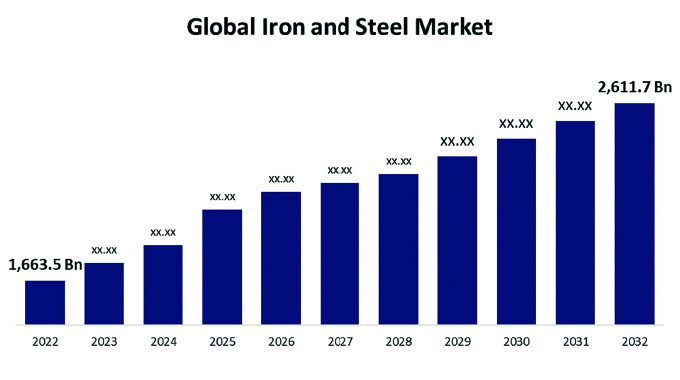Is China a messiah or monster to Zim?


Zimbabwe needs to improve accountability in terms of key minerals such as diamonds to ensure that it derives maximum benefit from its minerals
Among the major ones relates to the issue on whether the world’s second largest economy may possibly take over the United States in terms of national output (gross domestic product). Another debate is that of Beijing’s so-called scramble for African resources. In recent years, China’s economic presence in Africa has led to a heated argument, some of it well-informed and some of it not, about the nature of Chinese involvement and its implications for the continent.
Closer to home, the media was awash last week with news on China requesting Zimbabwe to use its mineral proceeds to guarantee any future loans.
Some circles took this stance as possibly a sudden U-turn and some as a harsh position by the world’s second largest economy over its political ally. Other circles saw this move as bolstering their view of China’s sinister plot to colonise African resources.
A few questions have thus been raised on China’s proposed stance of seeking mineral resources as collateral. Chief among these is whether Beijing is really a messiah or monster to Zimbabwe? Furthermore, what does it mean for the domestic economy if it pursues such a strategy into the future?
To put things into perspective, China’s position of requesting mineral resources is not a new occurrence as they are not the pioneers of these resource-backed loans.
History has shown that in the early 1970s when Beijing was poor and still in its infancy in terms of economic development and without adequate capital for infrastructure projects, they pursued this style of borrowing.
The lenders in this case were Japan, Europe and the US. Key to note was the fact that these deals were touted as a form of “win-win” cooperation.
Within two decades, China diversified its economy, became the world’s factory, and turned from an exporter to an importer of raw materials.
This perspective highlights that offering collateral was not initiated by China but by other economic giant’s notably Western nations. Nonetheless, the revival of the world’s second largest economy came at a cost as much of its environment was destroyed in the process.
Soon after benefiting from resource-backed loans, China became a giant and began to offer them to other poor developing countries. These loans were neither altruistic nor a creepy plot to colonise African countries. Instead they were rooted in China’s experience that natural resources could help a poor country develop and diversify its economy.
In China’s view, they offered a win-win solution. An analysis from this perspective reveals that Beijing’s stance towards Africa may possibly not be a selfish move as most loans offered are at concessional rates. Remarkable cases of such loans were offered to Ghana and Angola.
The Bui Dam in Ghana is an example for China’s resource-backed lending. In 2007, China Export-Import Bank (Exim) approved $562 million in loans for this hydro-power project on the Black Volta River at an annual interest of 2 percent with a grace period of five years and amortisation period of 20 years.
Ghana mortgaged its cocoa exports to access the loan. In the case of Angola, China disbursed an oil-backed loan directly to Chinese companies, which are building roads, railways, hospitals and other infrastructure projects in the war-battered country. British, French and German banks have also issued oil-backed loans to Angola.
A reflection from Ghana and Angola’s case highlights that poor countries do benefit immensely from such facilities. China’s investment in Africa grew from $210 million in 2000 to $3,17 billion in 2011. Officials from Exim Bank announced in November 2013 that by 2025, China would have provided Africa with $1 trillion in financing, including direct investment, soft loans and commercial loans.
Thus the intention of China’s aid to Africa is benign but not altruistic. As such poor countries including Zimbabwe may benefit if they pursue these loans. Whereas other groups may regard the Chinese as being selfish but can they “really” offer loans in exchange for nothing?
Thus the writer believes the stance by the Chinese assuming Zimbabwe agrees to a comprehensive financial package may not be “harsh” as they have done it with other nations. China is even reported to be contemplating offering resource-backed loans to developed countries including the US. As such, it is slowly proving to be the modern way of lending.
With the local government saddled by a debt overhang to the north of $7 billion, offering resources a security may be the only step for accessing capital.
This is so because, most foreigners regard the indigenisation policy as largely rigid and also lack of acceptable property rights have seen capital inflows being timid. Hence, Zimbabwe may ride on its long standing relationship with its ally as a way of unlocking finance.
But the harsh reality which is a debate for another time is that even those from the East normally referred to as “close allies” are now requiring collateral. What is it that they are seeing now? Is it a sign of low confidence? Or possibly it was just a misconception by local policymakers that by having close allies they would access credit at virtually low or zero cost?
Whilst acknowledging the positive side of the Chinese aid to Zimbabwe, the writer believes issuing collateral alone may not be an end if ever the domestic woes are to be reduced. Policymakers may need to seriously adhere to improving accountability especially in key sectors.
This area implies that corruption may need to be reduced and ultimately stemmed within each and every section both with the government and by corporates. Such a move will yield significant benefits through improving accountability of minerals and subsequently earnings that would accrue from such.
The setting up of a Mining Promotion Corporation by the Mines and Mining Development Ministry mandated to find new mineral deposits which can be used as security for accessing new credit lines is noble.
However, there is more that must be done so that economic growth, standard of living parallels with the status that Zimbabwe has among the few nations blessed with huge mineral reserves of gold, diamond, platinum, coal just to name a few.
With the issue of mineral securitisation rising, policymakers may possibly need to exude their energy in continuous improvement of policies that are meant to unlock foreign direct investments into the economy. Proper use of the funds unlocked from such loans will be essential as misuse of funds will stall economic progress.
Also policymakers may need to realise that use of mineral resources as collateral impacts positively or negatively on the future generations to come. With the continuous weakening of aggregate demand, the Ministry of Finance may thus need to expedite its capital raising initiatives lest the economic ship further sinks. – FinX.








Comments